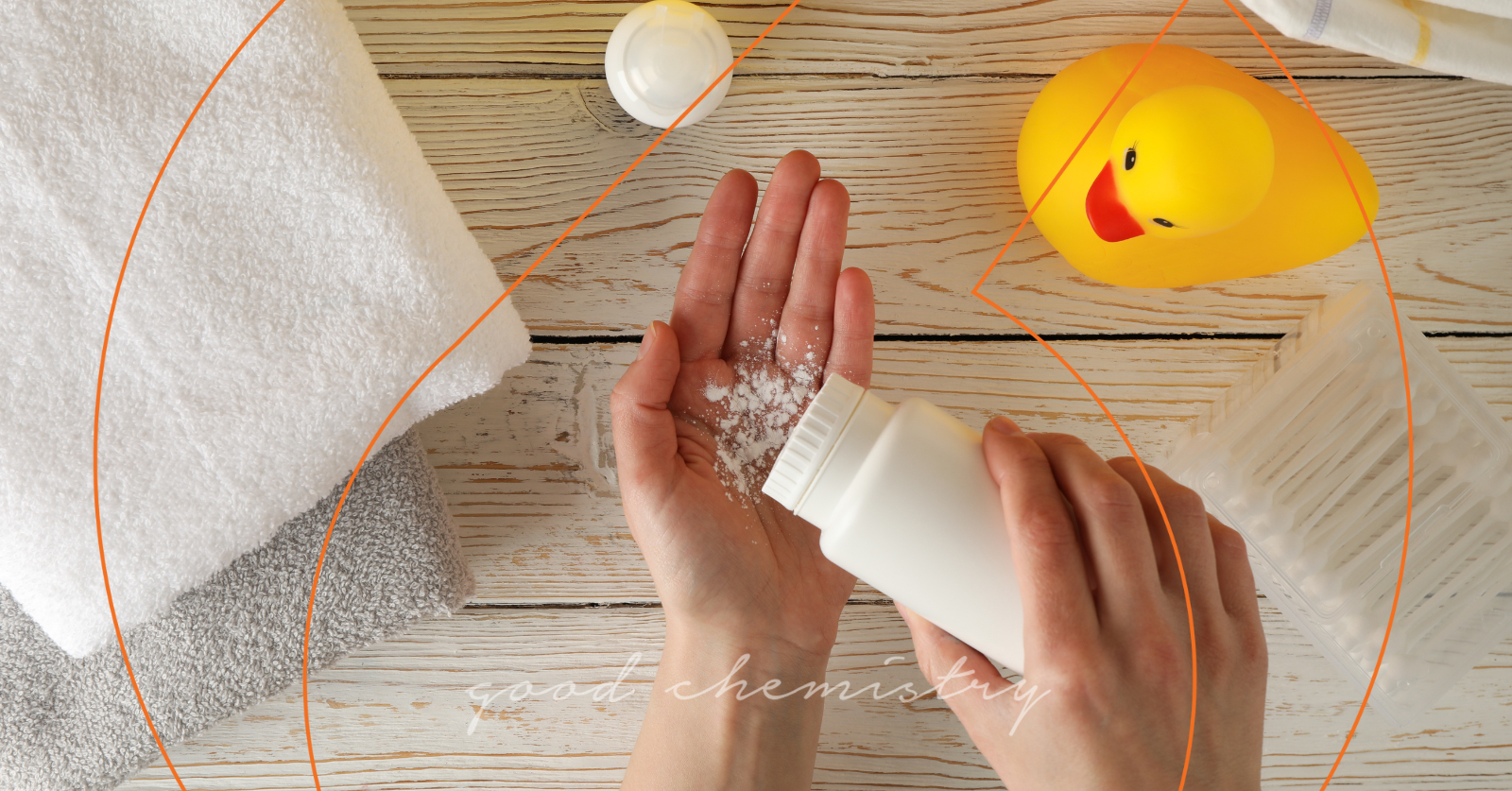
Beyond Talcum: A History of Talcum in Cosmetics And The Rise of Healthier Alternatives
by AECI Specialty Chemicals | 2023-11-15
The beauty industry has long relied on talcum to create silky solutions that reduce caking, smooth the skin, and absorb moisture. It has been used for centuries thanks to its soft texture and ability to blend with other materials to create a range of beauty products and solutions. However, talc has also been linked with health issues, particularly ovarian and lung cancer due to potential asbestos contamination.
As the Food and Drug Administration explains – both talc and asbestos are naturally occurring silicate minerals that are found nearby one another in the earth. Asbestos’ crystal structure is different, but carcinogenic when inhaled making it essential that talc be mined with precision to avoid the two coming into contact with one another. There have been significant bodies of research examining the link between talc and cancer.
The history of talc
Talc was discovered in the 1880s on a farm in Madoc; by 1896, the Henderson Talc Mine started production, closely followed by the Conley Mine in 1911. Both merged in 1937 to form the Canadian Talc Limited company which was then purchased by Canada Talc Industries Limited in 1951. As for its use as a beauty product, the use of talc within Baby Powder started in the 1900s when Johnson & Johnson started marketing it to its key demographic for the product – women and children. Today, this product earns the company more than $300 million a year.
However, it was in 1982 that a Harvard University professor, Daniel Cramer, discovered that women who used talc for intimate care were three times more likely to get ovarian cancer. There have been discussions, research and court cases but, as yet, no definitive conclusions on the usage of the product.
Beauty shouldn’t compromise health
The risk of tainted talc is too significant to ignore. While there is still an ongoing discussion around how this is set to affect the beauty industry over the long term, the safest option is a talc-free one. Which has led to an increase in talc alternatives – products designed to provide the same silky finish as the original mineral, but without the risks.
What’s needed is a talc replacement that:
- Has a silky-smooth application and finish
- Doesn’t leave a chalky finish – the current beauty trend is for a glowing, natural look to the skin which talc doesn’t offer
- Has effective moisture and oil absorption qualities
- Is at zero risk of contamination from asbestos
- Is a capable blending agent which allows for multiple applications and use cases
Enter Altered White, a talc alternative developed by technology teams at AECI Specialty Chemicals partner Koel Cosmetic Technologies. It offers all of the same benefits as talc, and provides all of the same exceptional qualities, but without the associated risks.
This innovation has been developed to transform the cosmetic industry, allowing for beauty companies to continue offering the same high-quality products but with a product that doesn’t put their customers at risk. It is another innovation from a company that prioritizes health, sustainability and wellbeing in its products and services, and that puts the beauty industry in a stronger position for growth and its own innovation moving forward.
Recent Resources
- Beyond Talcum: A History of Talcum in Cosmetics And The Rise of Healthier Alternatives
- Paving the way for roadway resilience with trusted construction additives
- How AECI Specialty Chemicals Is Embracing Reliable Energy Backup Solutions.
- Attention All Customers: Access Your Product's Technical Information Online With Our Revamped Product Labels.